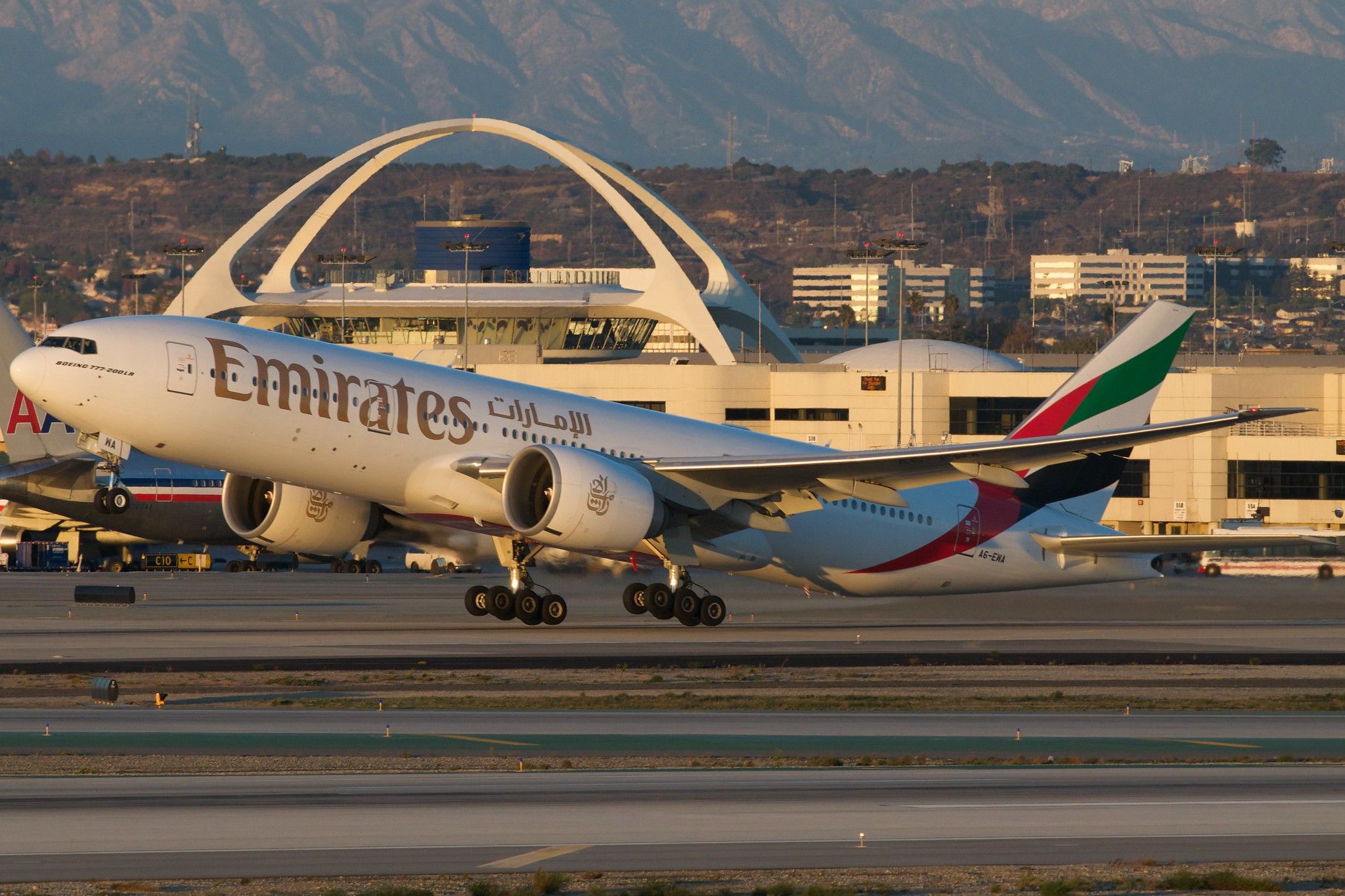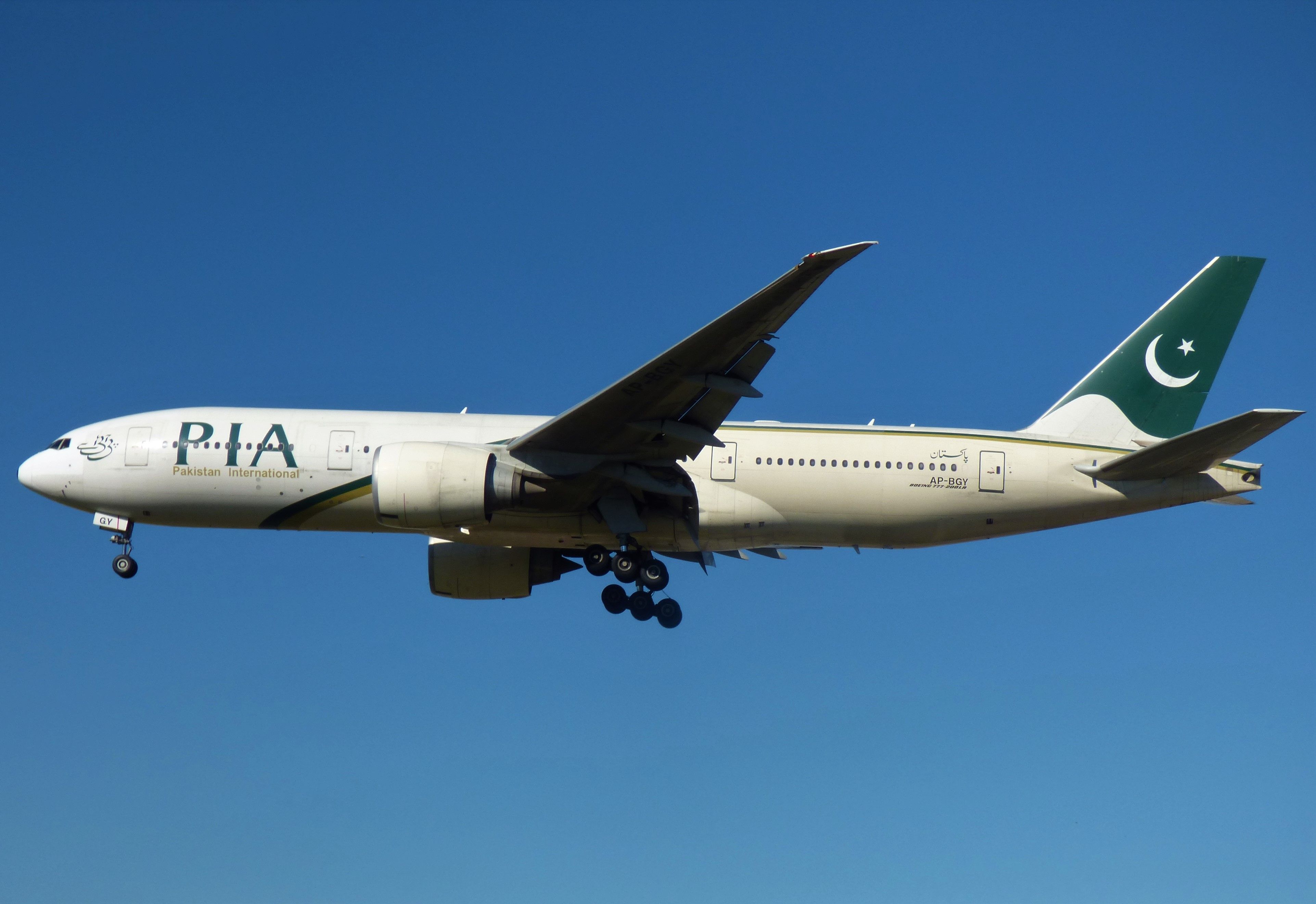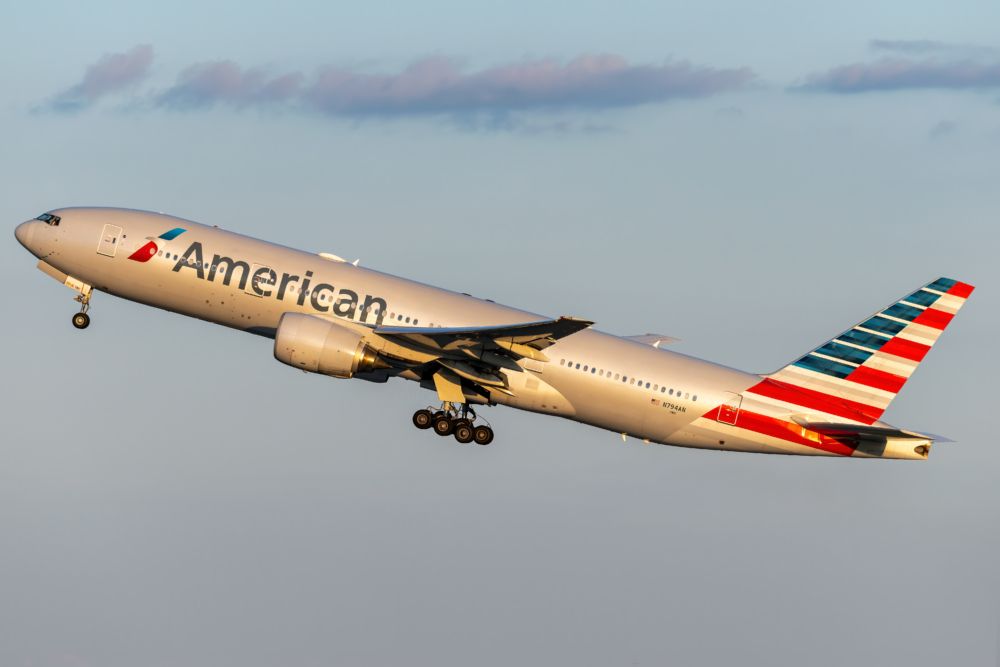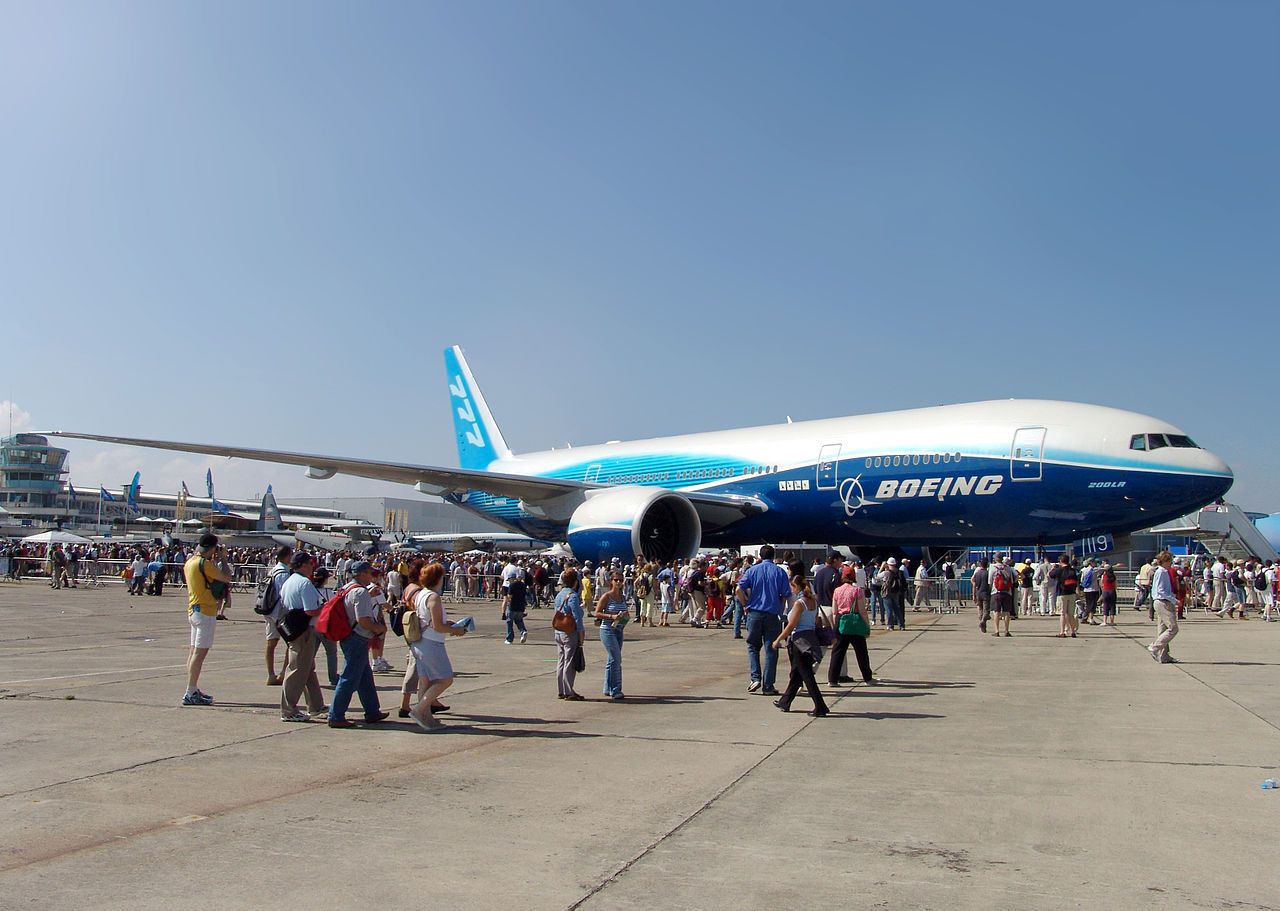The Boeing 777-200LR is one of the longest-range aircraft in the world, capable of up to 8,555 nautical miles (15,843 km) at once. This even outranks aircraft such as the Airbus A380 and the Boeing 747. However, despite being ahead of its time and destined to operate incredible routes, the aircraft was not particularly commercially successful. In a curious twist of fate, one of the reasons for this turned out to be the long range that should have been its greatest selling point.
What was the Boeing 777-200LR?
The Boeing 777-200LR was a longer-range development of the original 777-200. Boeing envisioned the aircraft to be configured to carry 301 passengers in three cabins. This consisted of 16 passengers in first class, 58 in business class, and 227 in the economy cabin. Alternatively, the aircraft could fly up to 440 travelers in a single class, higher-density cabin configuration.
As we have established, the 777-200LR had a range of 8,555 nautical miles, or 15,843 km, thanks to factors such as its impressive fuel capacity. The aircraft also had the advantage of only two engines compared to its rival, the similarly-ranged Airbus A340-500. This meant that the 777-200LR burned far less fuel.
Stay informed: Sign up for our daily and weekly aviation news digests.
An excellent concept on paper
On paper, the aircraft was perfectly designed to fly on ultra-long-haul routes such as New York to Singapore. This remains the world's longest scheduled commercial flight, which Singapore Airlines operates with premium-heavy Airbus A350-900ULR aircraft. Maybe it would even have been considered for Qantas's 'Project Sunrise' flights had it been more of a commercial success.
However, despite early sales to a few airlines, ch-aviation.com shows that only 61 examples of the type were built. Turkmenistan Airlines placed a late order in 2019, which was delivered in 2021. The 777-200LR was an amazing aircraft on paper. However, in reality, it failed to live up to expectations. One reason for this was none other than what should have been its greatest selling point - its long range.
The airline industry is always full of new developments! What aviation news will you check out next?
Why was the Boeing 777-200LR unsuccessful?
Boeing tackled the problem of long-haul international routes by fitting the aircraft with larger fuel tanks. This contrasts significantly to the modern approach of efficient engines and improved aerodynamics. Larger fuel tanks made the aircraft heavy to fly, while rising fuel prices also rendered it expensive to operate.
Airlines flying the type sometimes found that they had trouble starting ultra-long-haul routes due to the amount of fuel required. As such, they often used it on less dense, shorter routes. This was also not a perfect solution, as aircraft such as the Airbus A330 or the Boeing 787 were cheaper to operate on such services. Airlines who had not ordered the type saw this and became less inclined to purchase it.
Then, when the Boeing 787-9 and Airbus A350-1000 were created, Boeing found itself with a white elephant project. Both of these aircraft have excellent ranges comparable to the Boeing 777-200LR, but with a much lower fuel burn.
This meant that airlines operating long-haul routes were better off ordering an aircraft that can efficiently fill medium-haul routes as well. These aircraft offer efficiency by focusing on less fuel burn per seat over bigger fuel tanks.
Where are they today?
As established, Boeing produced just 61 examples of the Boeing 777-200LR. Of these, ch-aviation shows that 43 are still active today, at 11 carriers. These are:
- Africa - Government of Equatorial Guinea (1), Ethiopian Airlines (6).
- Asia - Air India (3), Azerbaijan Airlines (1), Emirates (9), Iraqi Airways (1), Pakistan International Airlines (2), Qatar Airways (9), Turkmenistan Airlines (4).
- The Americas - Air Canada (6), Comlux Aruba (1).
Why do you think the Boeing 777-200LR was not so commercially successful? Have you ever flown on one of these aircraft? Let us know your thoughts and experiences in the comments.





